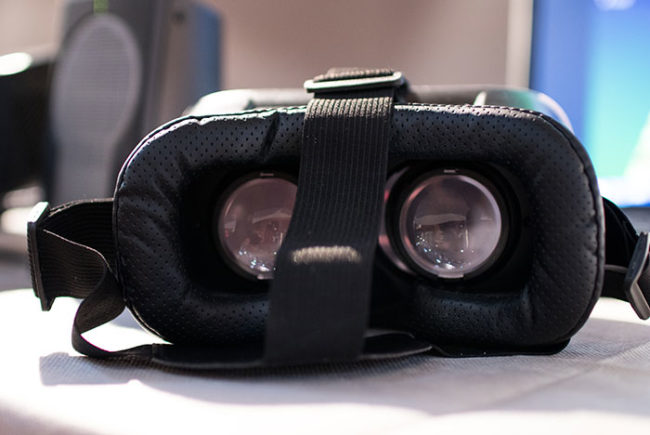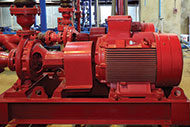A well-designed health facility should be somewhat inconspicuous. Whether it’s the bright vibrancy of a children’s hospital or simple comfort found in a community clinic, the layout, color scheme, materials and various architectural and interior design components that make up the building should be so well-integrated that its impact is felt more than it is seen. That’s a common theme among all five of the top design stories featured in HFM this year. From Lean concepts that focus on staff efficiency, to appealing designs that put patients top of mind, these stories offer valuable lessons in successful health care design.
Designing Lean ambulatory care facilities
Outpatient care is a growing trend with seemingly no end in sight. With more patients opting for convenient locations and health care organizations willing to oblige, it’s important that these facilities are designed to handle the increasing influx of patients traveling through its doors every year. Check out some of the best practices we’ve heard about.
Nurses in design
Nurses are often seen as the heart of health care, and can decidedly mark what design elements work within a given facility. Jennie Evans, R.N., LEED AP, EDAC, Lean Six Sigma CE, senior vice president and associate principal for Dallas-based architecture firm HKS Inc., says in our feature on nurses in design that nurses long have understood that “good design is good medicine.” The nurses featured in this article have played integral roles on some of the nation’s largest projects, such as Parkland Health & Hospital System’s 2.8 million-square-foot campus in Dallas. Learn more about the impact of nurses on health care design.
Building patient satisfaction
A hospital’s HCAHPS score depends on several factors, and the way a facility is designed can either hurt or help it. We expounded on a report from the American Society for Healthcare Engineering called “Improving the Patient Experience Through the Health Care Physical Environment” to give real-life examples of how health care facilities have improved HCAHPS scores by improving certain design elements. For instance, Enloe Medical Center, Chico, Calif., increased its “quiet at night score” by creating private work spaces and switching to a light-based nurse call system as opposed to an alarm system. The improvements led to reduced noise near patient rooms. Read the article for more examples of improving patient satisfaction through design from other health care facilities.
Nine ways Northwestern Memorial Hospital’s design was ahead of its time
Although it was built in 1999, Northwestern Memorial Hospital is perfectly at home in the 21st century. It was this year’s winner of the Legacy Project Award given by the American College of Healthcare Architects which recognizes long-lasting, forward-thinking health care design. Some of the elements that put Northwestern in this category include its on-stage/off-stage layout; private patient rooms; sustainability and flexible design. Check out the article to learn the other five reasons it was chosen for this award.
Kaiser Permanente opens first of community health hubs
Kaiser Permanente is often an innovator in the health care field. It has launched several initiatives to support the nation’s population health mission and one of those is its adoption of community health hubs. It opened the first of this new concept in the spring in Manhattan Beach, Calif. The 8,000-square-foot facility offers a warm and welcoming design to emphasize comfort, which helps to improve the physical and mental well-being of patients. Read the profile to learn more about Kaiser’s plans.
Editor's note: This blog is part of an end-of-years series, in which Health Facilities Management's editors review some of the year's top stories. Catch our post on trends in health care construction and technology.





